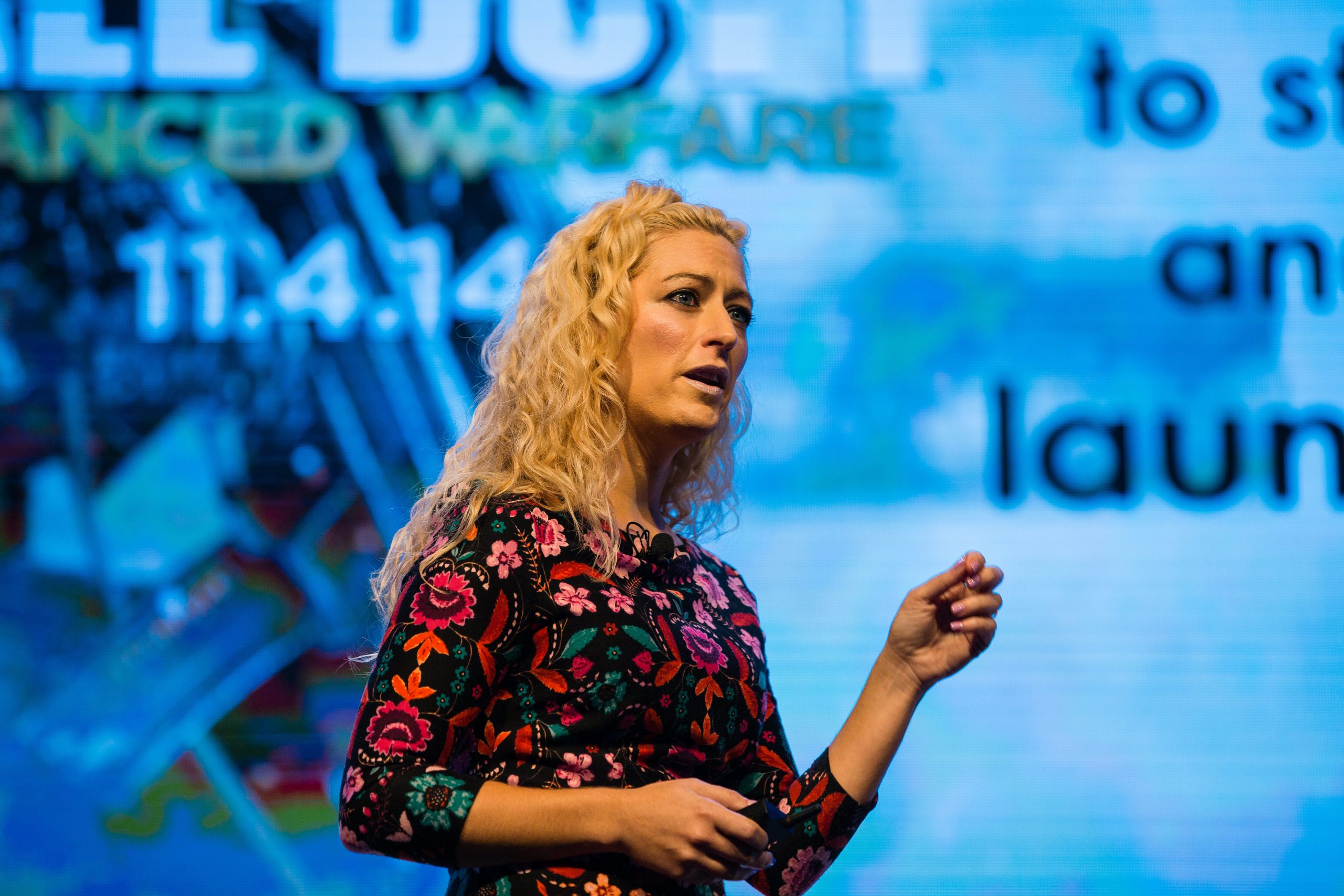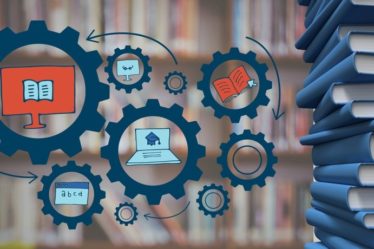

By Jane McGonigal, PhD, Director of Game Research and Development at the Institute for the Future and lead instructor of the Futures Thinking Specialization
If the year 2020 has shown us anything so far, it’s that we all need to get better at expecting the unexpected.
The COVID-19 pandemic has changed the way we work, learn, and live in ways that seemed unthinkable and unimaginable until they actually happened. All of these changes happened faster, and at a more global scale, than nearly anyone thought possible.
But what if you’d started imagining how you would adapt to a pandemic earlier? What if you’d had three months, six months, or even a year to prepare for the reality we’re all living through now?
What would you have done with that extra time to prepare for the future? Whom could you have helped sooner?
These aren’t hypothetical questions. The first 10,000 students in the Institute for the Future’s new Futures Thinking Specialization (a collection of skills-building courses I teach on Coursera) were given exactly this kind of “get prepared early” opportunity. Last summer, months before anyone had diagnosed the first case of the new coronavirus, the Institute for the Future launched the course Simulation Skills: This is Your Brain on the Future. In Simulation Skills, students learn why the brain has a hard time accurately predicting the future, and they practice habits that increase their ability to anticipate and prepare for surprising events. As part of the course, students tackled this assignment:
“Imagine that we are facing a global respiratory pandemic. What changes would you make in your daily behavior? And how could you use your unique skills and talents to help others?”
At the time we launched Simulation Skills, no one knew we would be living this possible “future” so soon. Pandemics are just one of the urgent futures—alongside climate change, mass migration, automation of work, and deepfake technologies – that the Institute for the Future has been researching for years and helping learners prepare for. It just so happens this one particular future actually happened almost exactly as we forecasted it would.
This is why, months before the global lockdowns and stay-at-home orders, Coursera students were pre-thinking how their lives would change during a pandemic. By starting to practice futures thinking, they were preparing to take action. So when the reality of COVID-19 caught up to our “possible future,” our students were faster to adapt and less prone to getting stuck in old ways of doing things. Since early January, I’ve been receiving messages from Coursera students who participated in the pandemic simulation. They’ve said things like, “I’m not freaking out, because I already worked through the panic and anxiety when we imagined it in the class,” and “I’m starting to prepare for this now, I remember what it was like when we simulated it.”
The basic skills of futures thinking can help you prepare for whatever comes after COVID-19. It’s not just this pandemic—it’s all the rapid technological, social and climate changes that are coming faster than we realize.
Here are four simple futures thinking techniques anyone can practice. I teach all of these skills, and more, in the Simulation Skills course that is part of the five-course Futures Thinking Specialization available on Coursera.
1. Look for the decisive moments in the past that changed the course of the future. How would your reality be different if you had made a different choice in the past? This is called counterfactual thinking. You can learn about three counterfactual thinking techniques in this video: The Future is Dark, and That’s a Good Thing.
2. Practice hard empathy. It’s a cognitive skill that allows us to imagine what it would feel like to experience something we have no firsthand experience with. Here’s how it works: Find a news story about what is happening with COVID-19, protests, or climate change, somewhere else in the world that is further along the curve than your region. What if YOU were experiencing that reality, where you live today? Try to imagine it as vividly as possible. I explain more about this technique in this quick article: How to Think Like a Futurist.
3. Get comfortable with the idea that anything can be different in the future—and by the future, we mean next month, next week, or even tomorrow. I created a game that will challenge your assumptions about what can and can’t be different, and show you 100 ways life-as-you-know-it could be transformed sooner than you think. You can get the rules and tips for playing in this PDF: 100 Ways Anything Can Be Different in the Future.
4. Pre-feel the future. You can learn a scientifically validated cognitive intervention called “Specificity Training” that is designed to help you vividly imagine the “unimaginable” as if it were already a memory you could look back on. This will help make your brain believe that “unthinkable” change can, in fact, be real. Learn the technique and its history here: Fill in the Blanks, and Train Your Brain to See Clearly What Isn’t There (Yet).If you start practicing these skills now, they can help you prepare for whatever else comes—the pandemics, social upheavals, climate change consequences, or other “unthinkable” possibilities that may unfold over the next decade and beyond.

